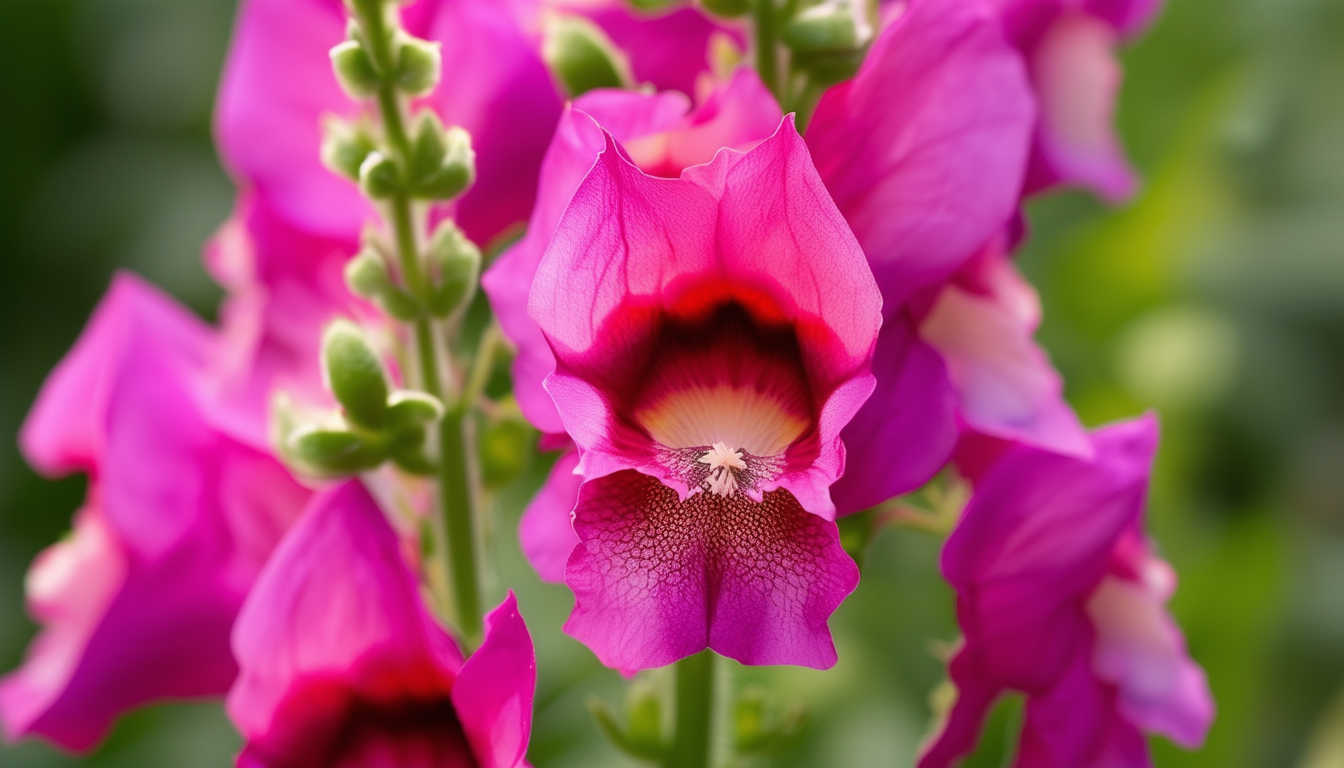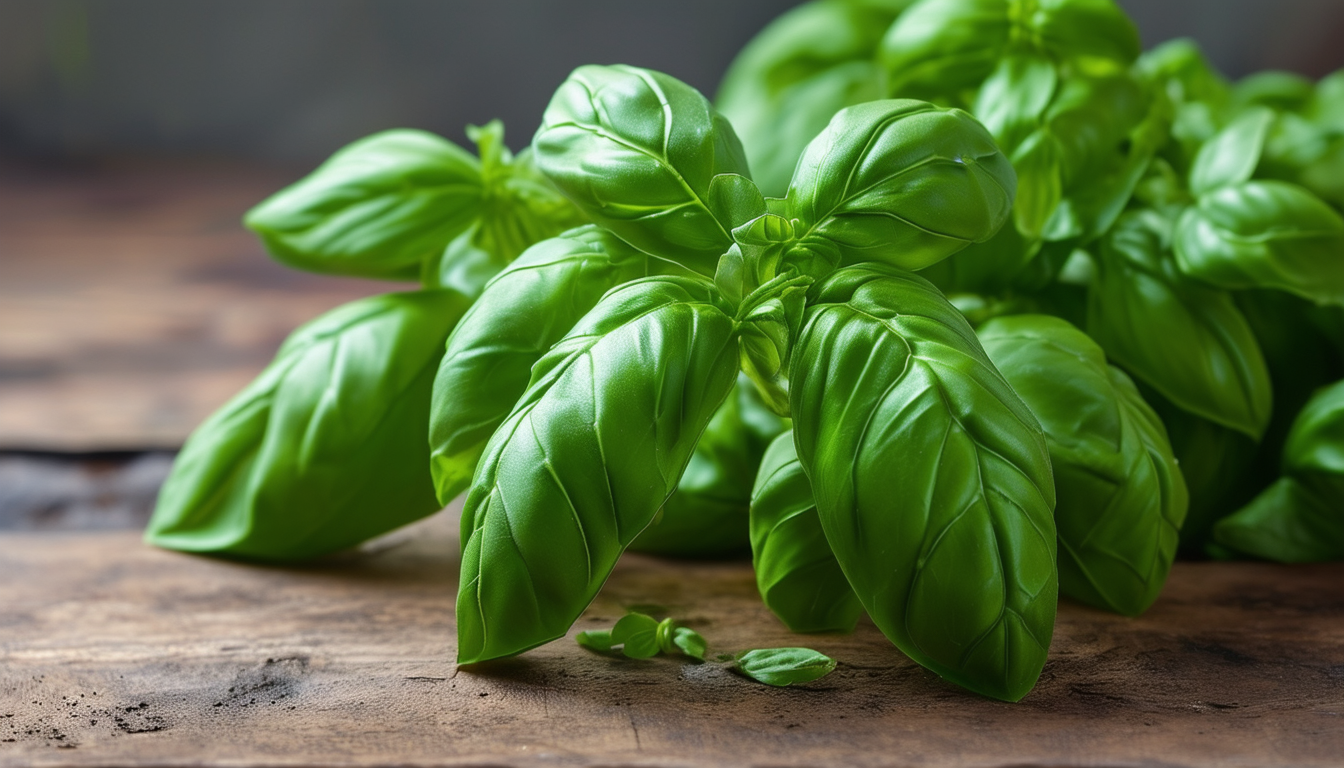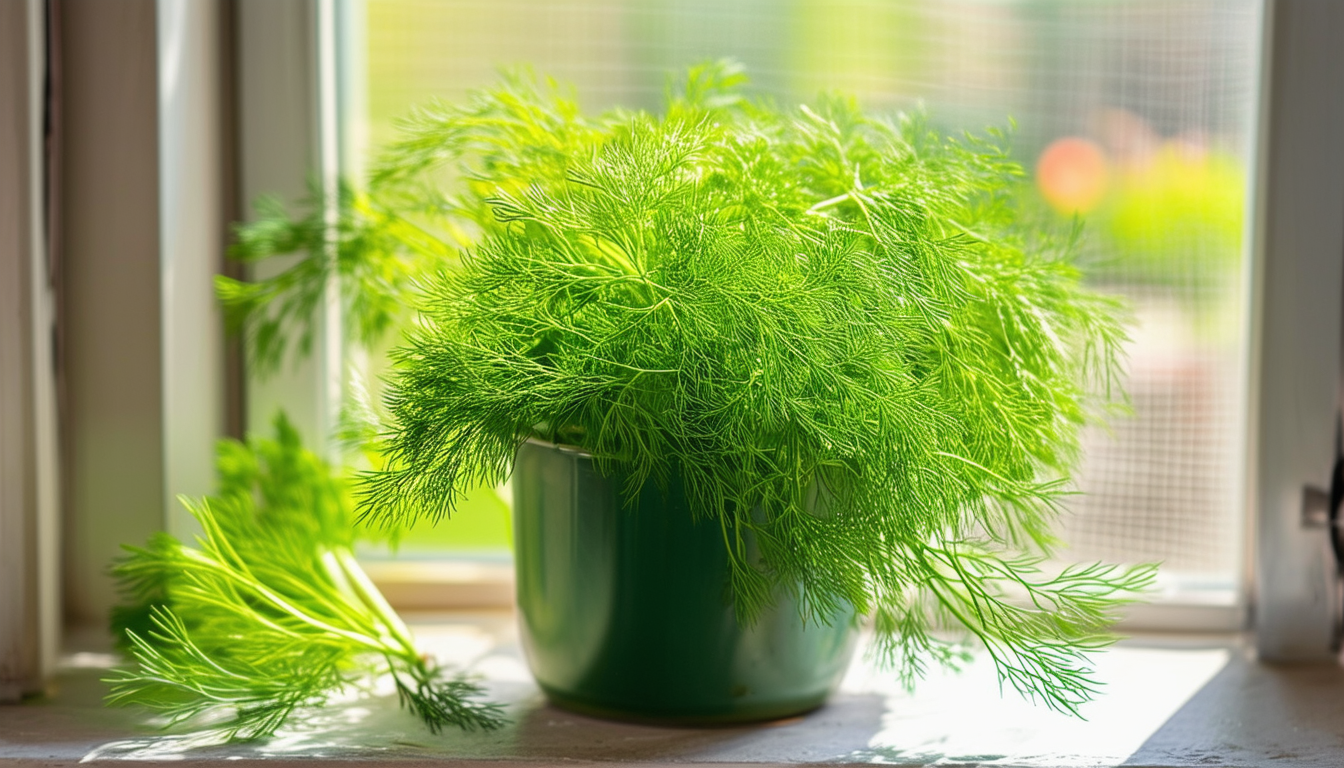
Unlock the secret to vibrant snapdragons with our comprehensive guide on germinating snapdragon seeds.
Intro - Understanding the Basics of Snapdragon Seed Germination
Snapdragons, with their vibrant colors and unique flower shapes, are a favorite among gardeners. Understanding the basics of snapdragon seed germination is essential to successfully growing these beautiful plants indoors. Germination is the process by which a seed develops into a new plant, and it involves several critical steps such as proper moisture, temperature, and light conditions.
Snapdragon seeds are small and delicate, requiring careful handling and the right conditions to sprout. This guide will walk you through each step of the process, ensuring you have the knowledge and confidence to grow snapdragons from seed to full bloom.
Tools - Choosing the Right Equipment and Supplies
Starting snapdragons indoors requires specific tools and supplies to ensure success. A propagator is one of the most important pieces of equipment you'll need. It provides a controlled environment, maintaining the ideal humidity and temperature for seed germination.
Other essential tools include seed trays, quality potting mix, a spray bottle for watering, and grow lights if natural sunlight isn’t sufficient. Choosing the right equipment not only makes the process easier but also increases the chances of successful germination and healthy seedlings.
5 Step Guide to Sowing Snapdragon Seeds Indoors
1. Prepare Your Seed Trays: Fill seed trays with a light, well-draining potting mix. Moisten the soil before sowing the seeds.
2. Sow the Seeds: Scatter the snapdragon seeds evenly over the surface of the soil. Lightly press them into the soil without covering them, as they need light to germinate.
3. Cover and Maintain Moisture: Place a clear plastic cover or a propagator lid over the trays to maintain humidity. Keep the soil consistently moist but not waterlogged.
4. Provide Light: Place the seed trays in a location with bright, indirect sunlight or under grow lights. Snapdragons need light to germinate, so ensure they receive at least 12-16 hours of light daily.
5. Monitor and Wait: Germination can take 10-21 days. Keep an eye on the moisture level and temperature, ensuring they remain within the optimal range for snapdragon seeds.
Optimal Conditions for Germination Success
Snapdragon seeds require specific conditions to germinate successfully. The ideal temperature range is between 65-75°F (18-24°C). Maintaining consistent moisture is crucial, as the seeds should never be allowed to dry out completely.
Light is another critical factor. Snapdragon seeds need light to germinate, so placing them in a well-lit area or under grow lights is essential. Additionally, good air circulation helps prevent fungal diseases and promotes healthy seedling growth.
Transplanting and Caring for Snapdragon Seedlings
Once the snapdragon seedlings have developed their first set of true leaves, they are ready to be transplanted. Gently lift the seedlings from the seed tray, taking care not to damage the delicate roots.
Transplant the seedlings into individual pots filled with quality potting mix. Continue to provide ample light and maintain even moisture. As the seedlings grow, gradually acclimate them to outdoor conditions before planting them in your garden.
Height, Spread & Harvest time
Snapdragons can vary in height from dwarf varieties that grow 6-12 inches tall to taller varieties that reach up to 36 inches. The spread of snapdragons typically ranges from 6-18 inches, depending on the variety.
Snapdragons usually begin to bloom within 8-10 weeks after germination. They can continue to flower throughout the growing season with proper care and deadheading.
Common pests & diseases
Snapdragons can be affected by common pests such as aphids, spider mites, and caterpillars. Regular inspection and prompt treatment with insecticidal soap or neem oil can help control infestations.
Diseases like powdery mildew, rust, and root rot can also affect snapdragons. Ensuring good air circulation, avoiding overhead watering, and keeping the soil well-drained can help prevent these issues.
Soil, Feed & Fertilisers
Snapdragons thrive in well-draining soil rich in organic matter. A good quality compost mixed into the soil can provide the necessary nutrients for healthy growth.
Feeding snapdragons with a balanced, water-soluble fertilizer every 2-4 weeks during the growing season can promote vigorous growth and abundant blooms. Be careful not to over-fertilize, as this can lead to excessive foliage growth at the expense of flowers.
Best Varieties
There are many snapdragon varieties to choose from, each offering unique colors and growth habits. Some popular varieties include 'Rocket', known for its tall spikes and vibrant colors, and 'Montego', a dwarf variety perfect for containers and small gardens.
Other notable varieties include 'Sonnet', 'Liberty', and 'Madame Butterfly', each offering a range of colors and growth patterns to suit different garden styles and preferences.
FAQ - Starting snapdragons indoors
When to start snapdragons indoors? Start snapdragon seeds indoors 6-8 weeks before the last expected frost date.
Are snapdragons easy to grow from seed? Yes, with the right conditions and care, snapdragons can be easily grown from seed.
How big should snapdragon seedlings be before transplanting? Seedlings should have at least two sets of true leaves before transplanting.
Do snapdragon seeds need cold stratification? No, snapdragon seeds do not require cold stratification.
Why aren't my snapdragons germinating? Ensure they have sufficient light, moisture, and the correct temperature for germination.
Do snapdragons come back every year in the UK? Snapdragons are typically grown as annuals, but in milder climates, they can behave as short-lived perennials.
Do snapdragons need darkness to germinate? No, snapdragon seeds require light to germinate.
Where is the best place to plant snapdragons? Plant them in a sunny location with well-draining soil.
Do snapdragons have to be replanted every year? In most climates, yes, they are usually grown as annuals.
How tall should seedlings be before transplanting? Seedlings should be about 2-3 inches tall.
Do snapdragons multiply? Snapdragons can self-seed, leading to new plants in the following season.
Should you pinch snapdragon seedlings? Pinching can encourage bushier growth.
How long do snapdragons take to grow from seed? They take about 8-10 weeks to bloom from seed.
Will seeds germinate without cold stratification? Yes, they do not need cold stratification to germinate.
Can I winter sow snapdragons? Yes, in mild climates, you can winter sow snapdragons.
Why are my Snapdragon seedlings not growing? Check for adequate light, water, and nutrient levels.
Are snapdragons poisonous to dogs? Snapdragons are generally considered non-toxic to dogs.
What is the best fertilizer for snapdragons? A balanced, water-soluble fertilizer works well.
How to make a snapdragon bushier? Pinching the growing tips can promote bushier growth.
What does an overwatered snapdragon look like? It may exhibit yellowing leaves and root rot.
Why are my snapdragon seedlings turning yellow? This could be due to overwatering, nutrient deficiencies, or poor light.
When can snapdragon seedlings go outside? Transplant them after the last frost date.
How to use milk jugs to start seeds? Cut the jug in half, fill with soil, plant seeds, and cover with the top half to create a mini greenhouse.
How do you plant seeds in a plastic bottle? Similar to milk jugs, cut the bottle, fill with soil, plant seeds, and cover.
What happens if you eat a snapdragon? While not highly toxic, it's best not to consume them.
What is the most poisonous plant for dogs? Plants like oleander and azalea are highly toxic to dogs.
Are marigolds poisonous to humans? Marigolds are generally safe for humans but can cause skin irritation in some individuals.



